We welcomed three new group members this October. Elena Medvedeva joined us as a first year PhD student, supervised by Anastasia Kisil and co-supervised by Raphael Assier. Elena is working on the investigation of discrete diffraction problems, and understanding the links with their continuous counterparts. We also have two new PDRAs working with Will Parnell: Dr Daniel Sy-Ngoc Nguyen and Dr Marie Touboul. Daniel is working on the mathematical modelling of nanoreinforced syntactic foams, and Marie on novel resonant microstructures for elastodynamic metamaterials.
Raphael Assier was promoted to Reader in August: Many congratulations Raphael! This year, Raphael was a member of the jury selecting the finalists of the IMA Lighthill-Thwaites prize in Applied Mathematics. Raphael was the first winner of the biennial prize, in 2011.
| On the subject of judging panels, Anastasia Kisil was one of five judges for the Royal Society Insight Investment Science Book Prize in 2021. The panel was chaired by leading immunologist, presenter and writer, Professor Luke O’Neill FRS, and the winning book, announced in November, was Entangled Life: How Fungi Make Our Worlds, Change Our Minds and Shape Our Futures (Bodley Head), by biologist and writer Merlin Sheldrake. You can read about the Sheldrake's book here. |
Anastasia’s European Commission H2020 MCSA-RISE award, EffectFact: Effective Factorisation techniques for matrix-functions began in September, and Anastasia and Raphael were successful in securing an EPSRC Mathematical Sciences Small Grant, Developing Mathematics of New Composites of Metamaterials, beginning in February 2022.
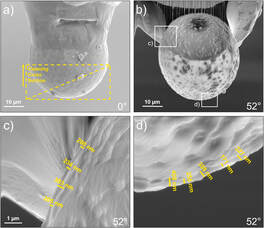 SEM images from [1]
SEM images from [1]
In May, work by Raphael Assier with Andrey Shanin from Moscow State University: Vertex Green’s Functions of a Quarter-Plane: Links Between the Functional Equation, Additive Crossing and Lamé Functions, appeared in The Quarterly Journal of Mechanics and Applied Mathematics [2]. More recently, in October a review article on the Wiener-Hopf technique by Anastasia Kisil with I. David Abrahams, Gennady Mishuris and Sergei V. Rogosin, was published in Proceedings of the Royal Society A [3]. More publications from 2021 can be found in our ongoing list of academic publications.
In June, Matt Nethercote spoke online at Days on Diffraction 2021. Days on Diffraction is an annual conference organised jointly by St. Petersburg Department of V.A., Steklov Institute of Mathematics, Russian Academy of Sciences, Euler International Mathematical Institute, and St. Petersburg State University. Matt’s talk was entitled Edge Diffraction of Acoustic Waves by Periodic Composite Metamaterials: The Hollow Wedge. You can watch a recording of Matt’s talk here.
Raphael Assier gave a 3 lectures series: An applied perspective on multidimensional complex analysis, to an American Mathematical Society (AMS) Mathematics Research Community (MRC) hosted by Harvard University; and a talk at the Cambridge University Waves Group Seminar: A note on double Fourier Integrals with applications to diffraction theory. He also gave an online talk, Analytical continuation of two-dimensional wave fields, at the ICMS Waves in Complex Continua (Wavinar) series, organised by Anastasia Kisil. Raphael’s seminar will soon be available to watch online, along with the rest of the Wavinar series.
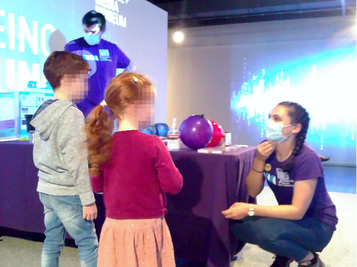 Eleanor engages with young visitors at Bradford Science Festival
Eleanor engages with young visitors at Bradford Science Festival As in 2020, our engagement outputs were almost entirely online in 2021. Despite this, we enjoyed a varied programme of activities. 166 secondary pupils took part in our online workshop 'The Great Maths Hunt', which looks at the hidden maths behind everyday situations. We loved hearing the pupils’ ideas! We created Slinky Science activities and experiment guides for Glasgow Science Festival, and Waves and Sound experiments for the University of Manchester’s online community festival. In October, PhD student Eleanor Russell created some fun online games for Science X, the Science and Engineering Faculty’s annual engagement event. Eleanor’s games explore the science and maths behind Smarter Materials for Greener Devices. You can play them here.
Also in October we attended our first in-person event since the beginning of the pandemic. PhD students Tom White and Eleanor Russell, and PE Manager Naomi Curati attended Bradford Science Festival, and used everyday objects to explore the question “how big is sound?” More than 500 visitors joined us over two days, and feedback was extremely positive.
We completed our A to Z of the Maths of Waves and Materials blog series in August, with Tom White contributing our final entry, Z is for Acoustic Impedance! Our A to Z is a great introduction to the concepts behind the research in the group, and features contributions from several group members. Read them all here.
Frontiers for Young Minds is hosting a special collection: A World of Sound, to mark the International Year of Sound 2020/2021. Frontiers for Young Minds is a science journal for children, where the articles are reviewed by 8-15 year olds under the guidance of a science mentor. Our article, Tackling Noise Pollution with Slow Sound was published in December, after helpful discussions with young reviewer Ginny.
We continued our collaboration with local illustrator John Cooper to create another explainer video in 2021, this time about the concept of Neutral Inclusions. The Princess and the Neutral Inclusion has John’s trademark humour. You can watch it below – no peas were harmed in its creation!
We look forward to another busy year in 2022. You can find a list of upcoming events that group members are involved in here, and various external conferences taking place in 2022 here. Teaching fellow Marianthi Moschou is organising an interdisciplinary conference for STEM undergraduates: Manchester Interdisciplinary Mathematics Undergraduate Conference, which will take place 31st March-1st April. Contact [email protected] for details. Follow @MWMmaths on social media for news and upcoming events.
[2] R.C. Assier and A.V. Shanin (2021) Vertex Green’s functions of a quarter-plan e. Links between the functional equation, additive crossing and Lamé functions. Q.J. Mech. Appl. Math., 74(3):251-295
[3] A.V. Kisil, I. David Abrahams, G. Mishuris and S.V. Rogosin (2021) The Wiener–Hopf technique, its generalizations and applications: constructive and approximate methods
Proc. R. Soc. A 477(2254):20210533, DOI: 10.1098/rspa.2021.0533
[4] W. J. Parnell, W. Rowley and N. Curati N (2021) Tackling Noise Pollution With Slow Sound. Front. Young Minds. 9:703592. DOI: 10.3389/frym.2021.703592
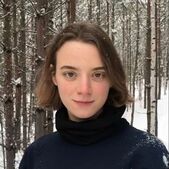
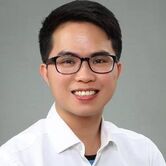
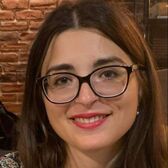
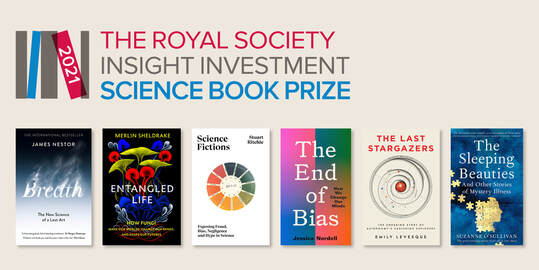
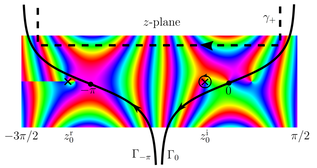
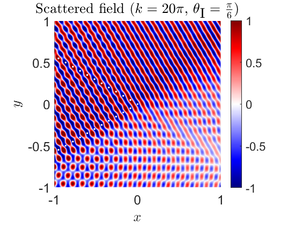
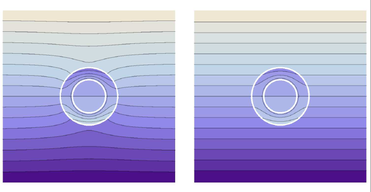
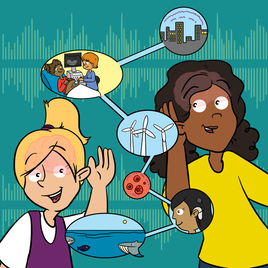

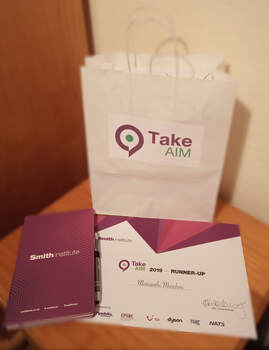
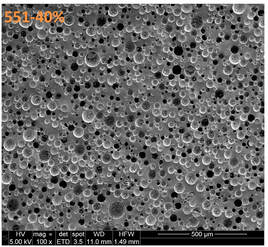
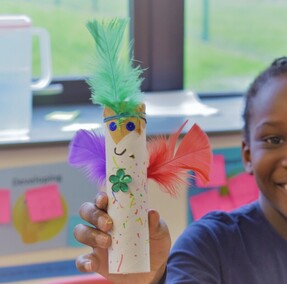
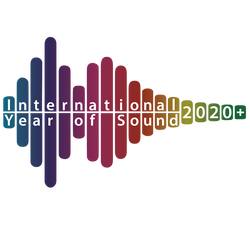
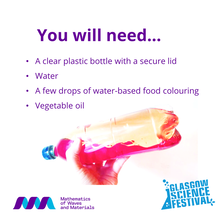
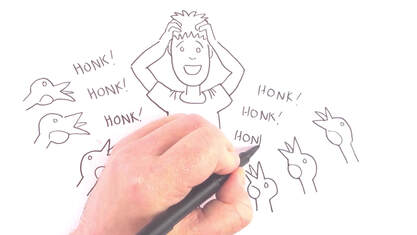
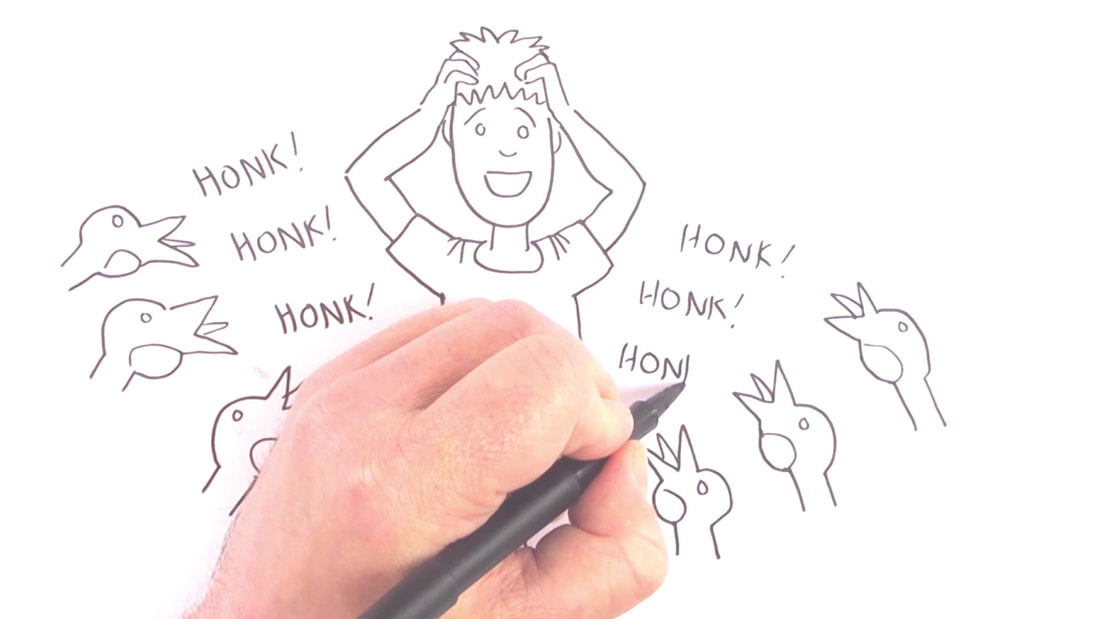
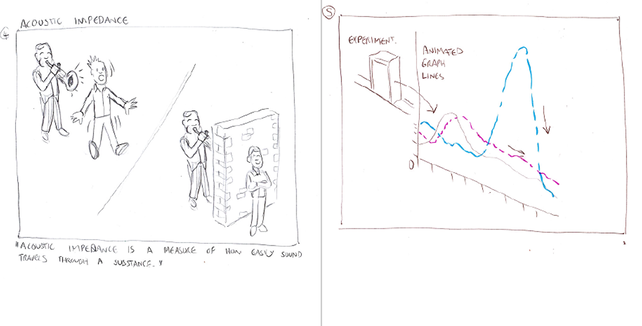
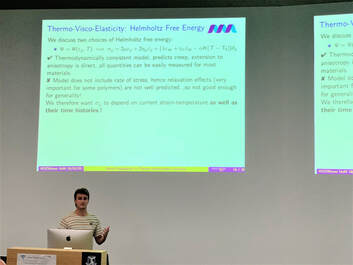

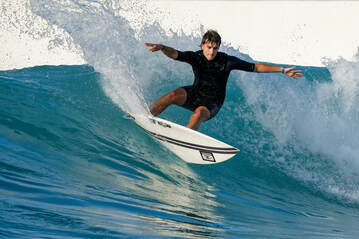
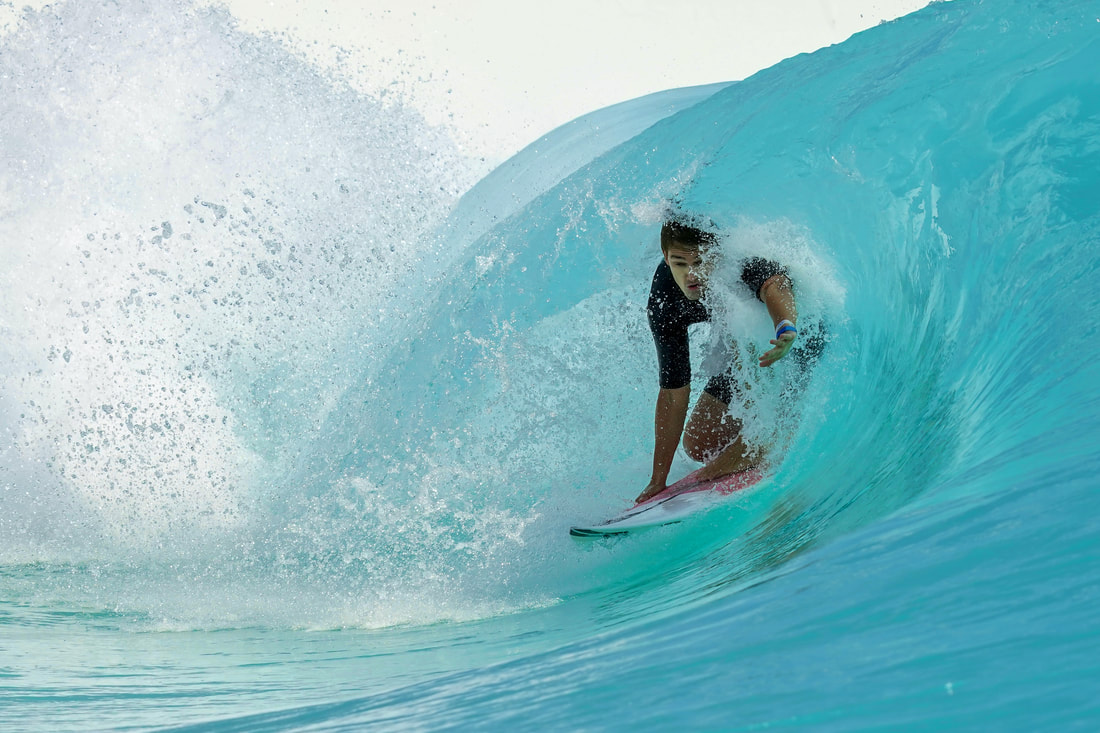
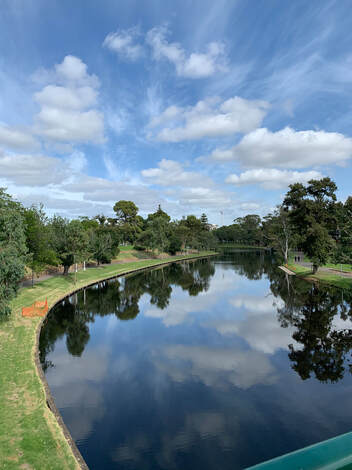
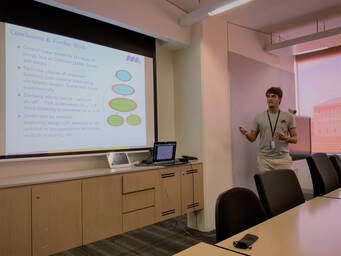
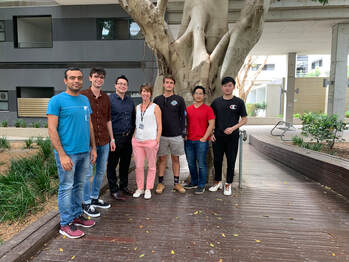
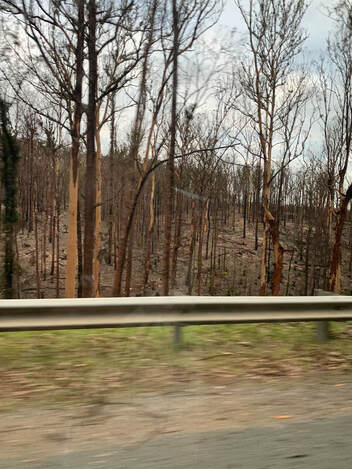
 RSS Feed
RSS Feed